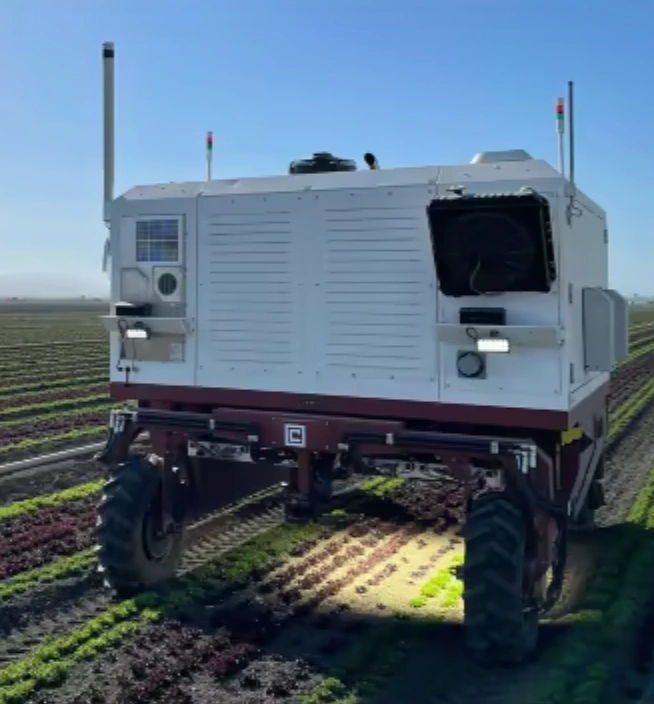Disadvantages of laser weeding
Laser weeding technology is a relatively advanced technology with a very broad development prospect. However, there are some major disadvantages.
First, this technology has high requirements for terrain. It can be used on a large scale in plain areas, but it is difficult to use in places with slightly rugged and complex terrain.
Recently, laser weeding startups in the United States have received tens of millions of dollars in financing because laser weeding technology is suitable for the vast plains of the United States.
However, the terrain in China and many other countries is rugged and it is impossible to use laser weeding technology for large-scale operations.

Secondly, laser weeding technology does not kill weeds thoroughly. It cannot completely kill the underground part of weeds.
After weeding, the rhizomes of weeds will continue to grow, which means that even after weeding, weeds are still competing with cash crops for underground living space, nutrients, and water, and cannot protect the healthy growth of cash crops.
If the laser is irradiated on the soil, it will kill the microorganisms in the soil, destroy the original "microecology" of the soil, and lead to a decline in soil quality.
Finally, when cash crops and weeds are mixed in a field, laser weeding cannot be used because it is easy to accidentally hurt the cash crops next to it, causing losses.
 +86 18663958101
+86 18663958101










